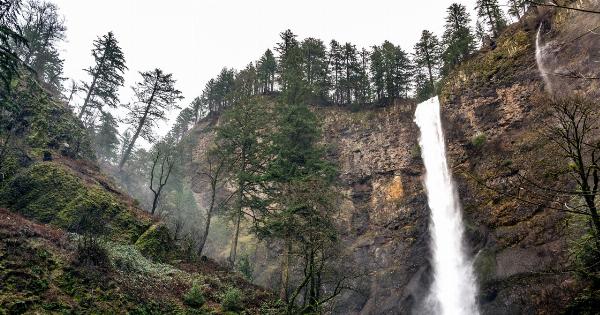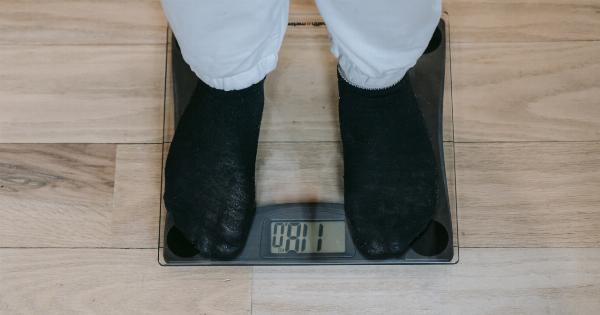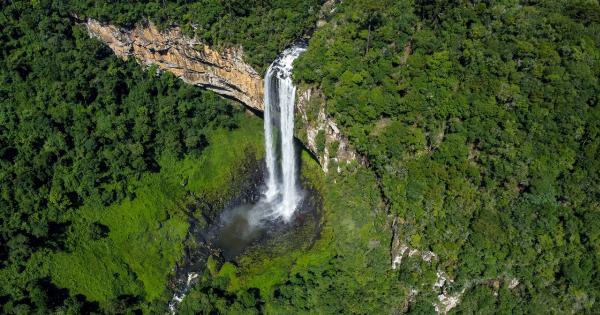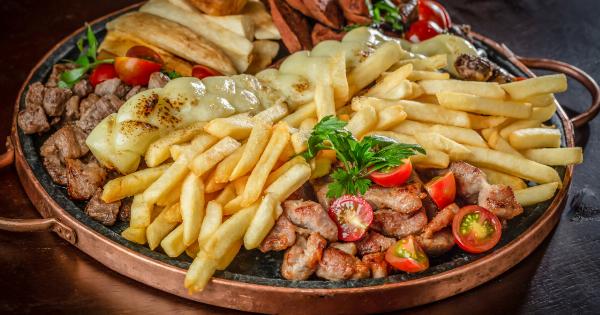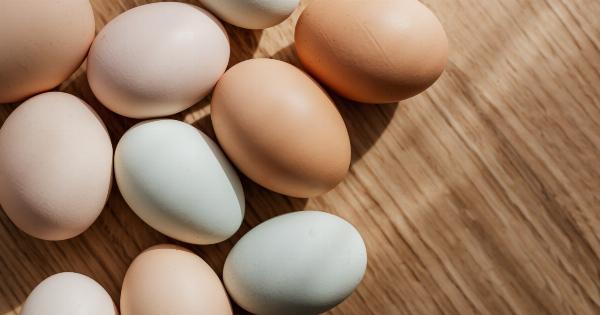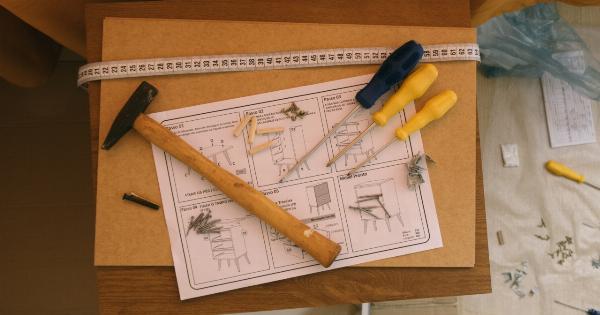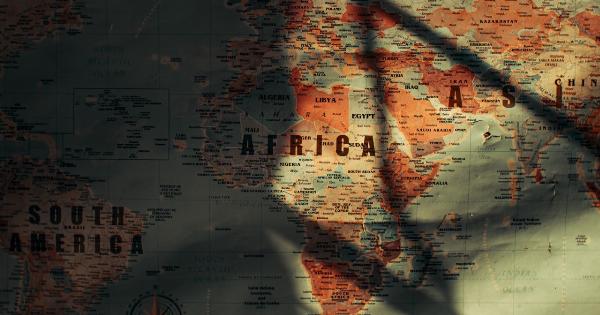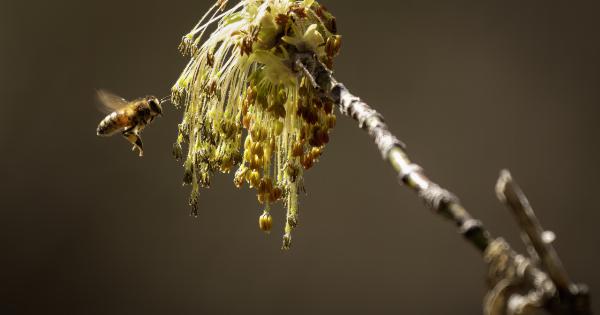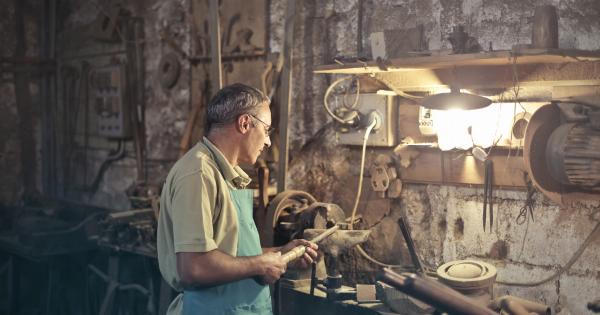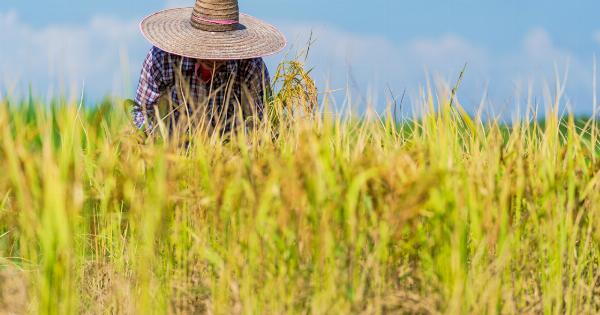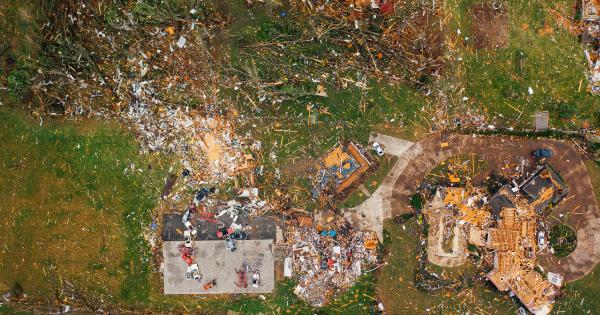Rice, a staple food for more than half of the world’s population, has a fascinating journey from the fields to our plates.
While the overall process may seem mundane, the way rice escapes in a flash from the paddy fields to the market shelves is a remarkable tale of efficiency, technology, and ingenuity. In this article, we will explore the various stages in the rice production and distribution chain that enables this lightning-fast journey.
1. Cultivation
It all begins with the cultivation of rice in vast fields. Farmers carefully prepare the soil, sow the rice seeds, and monitor the growth of the crop.
The use of modern technology and machinery has revolutionized this process, ensuring higher yields and better quality.
2. Harvesting
When the rice plants reach maturity, it’s time for harvesting. Traditional methods involved manual cutting and threshing, which were labor-intensive and time-consuming.
However, with the advent of mechanized harvesters, the process has become significantly quicker and more efficient.
3. Milling
Once the rice is harvested, it needs to be processed to remove the outer husk and other impurities. Milling is a crucial step in preparing the rice for consumption.
Modern milling machines use advanced technology to separate the husk, bran, and germ from the inner white rice, resulting in the polished grains we are familiar with.
4. Packaging
After the milling process, the rice is ready for packaging. In large rice production facilities, automated machines undertake this task rapidly.
The rice is carefully measured, weighed, and packed into various types of bags or containers, depending on the market requirements.
5. Quality Control
Ensuring the quality of rice is of utmost importance. Before the packaged rice leaves the production facility, it undergoes rigorous quality control checks.
These tests ensure that the rice meets the desired standards in terms of texture, fragrance, and moisture content.
6. Distribution
Once the rice is packed and quality-checked, it is ready to be distributed. This stage involves transporting the rice from the production facilities to regional warehouses or directly to retailers.
Transport methods can vary depending on the distance and logistics involved. Trucks, trains, and even ships play a vital role in the efficient distribution of rice.
7. Retail Display
Once the rice reaches the retailers, it is put on display for consumers. The packaging plays an important role in attracting customers, with colorful designs and informative labels helping consumers make their choices.
Rice is usually organized in shelves according to their types and brands, making it convenient for shoppers to find what they need.
8. Consumer Purchase
At this stage, consumers have the opportunity to purchase their preferred rice. The convenience of modern supermarkets and grocery stores allows individuals to select the rice they desire and purchase it with ease.
Rice has become a staple food in many cultures and is often purchased in large quantities to stock up for regular consumption.
9. Cooking
Finally, when it’s time to prepare a meal, rice undergoes its last transformation. Whether it’s steaming, boiling, or using advanced rice cookers, the cooking process depends on personal preferences and traditional recipes.
Regardless of the method, rice brings comfort and nourishment to countless households around the world.
10. Continuous Improvement
The lightning-fast journey of rice from the fields to our plates is not without constant advancements.
Researchers and agricultural experts continue to improve cultivation techniques, develop new varieties, and enhance processing methods to meet the ever-growing demand for this essential grain. The journey of rice will keep evolving as technology and innovation pave the way for sustainable and efficient practices.

